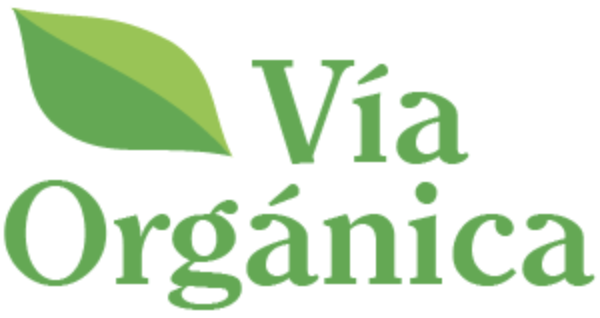On the Benefits of Small Farms
The post-war economic “miracles” of these three countries were each fueled at the start by these internal markets centered in rural areas, long before the much heralded “export orientation” policies which much later on pushed those industries to compete in the global economy. This was real triumph for “bubble-up” economics, in which re-distribution of productive assets to the poorest strata of society created the economic basis for rapid development. It stands in stark contrast to the failure of “trickle down” economics to achieve much of anything in the same time period in areas of U.S. dominance, such as much of Latin America, and to the Asian financial crisis, which happened after many of the original policies had been discontinued.
Good Stewards of Natural Resources
The benefits of small farms extend into the ecological sphere. Where large, industrial-style farms impose a scorched-earth mentality on resource management– no trees, no wildlife, endless monocultures — small farmers can be very effective stewards of natural resources and the soil. To begin with, small farmers utilize a broad array of resources and have a vested interest in their sustainability. Their farming systems are diverse, incorporating and preserving significant functional biodiversity within the farm. By preserving biodiversity, open space, and trees, and by reducing land degradation, small farms provide valuable ecosystem services to the larger society.
In the United States, small farmers devote 17 percent of their area to woodlands, compared to only five percent on large farms, and keep nearly twice as much of their land in “soil improving uses,” including cover crops and green manures. In the Third World, peasant farmers show a tremendous ability to prevent and even reverse land degradation, including soil erosion.
Compared to the ecological wasteland of a modern export plantation, the small farm landscape contains a myriad array of biodiversity. The forested areas from which wild foods and leaf litter are extracted, the wood lot, the farm itself with intercropping, agroforestry, and large and small livestock, the fish pond, the backyard garden, allow for the preservation of hundreds if not thousands of wild and cultivated species. Simultaneously, the commitment of family members to maintaining soil fertility on the family farm means an active interest in long-term sustainability not found on large farms owned by absentee investors.
The Small Farm Path
To the productive, economic, and environmental benefits of small farm agriculture, we can add the continuance of cultural traditions and of the rural way of life. If we are truly concerned about rural peoples and ecosystems, then the preservation and promotion of small, family farm agriculture is a crucial step we must take.
